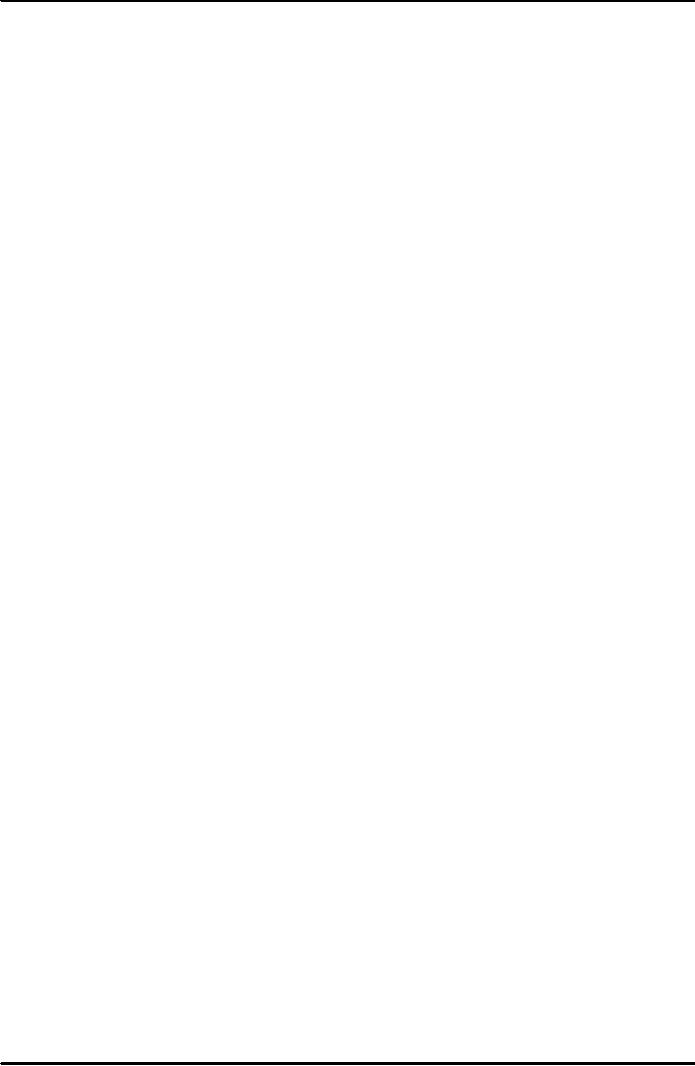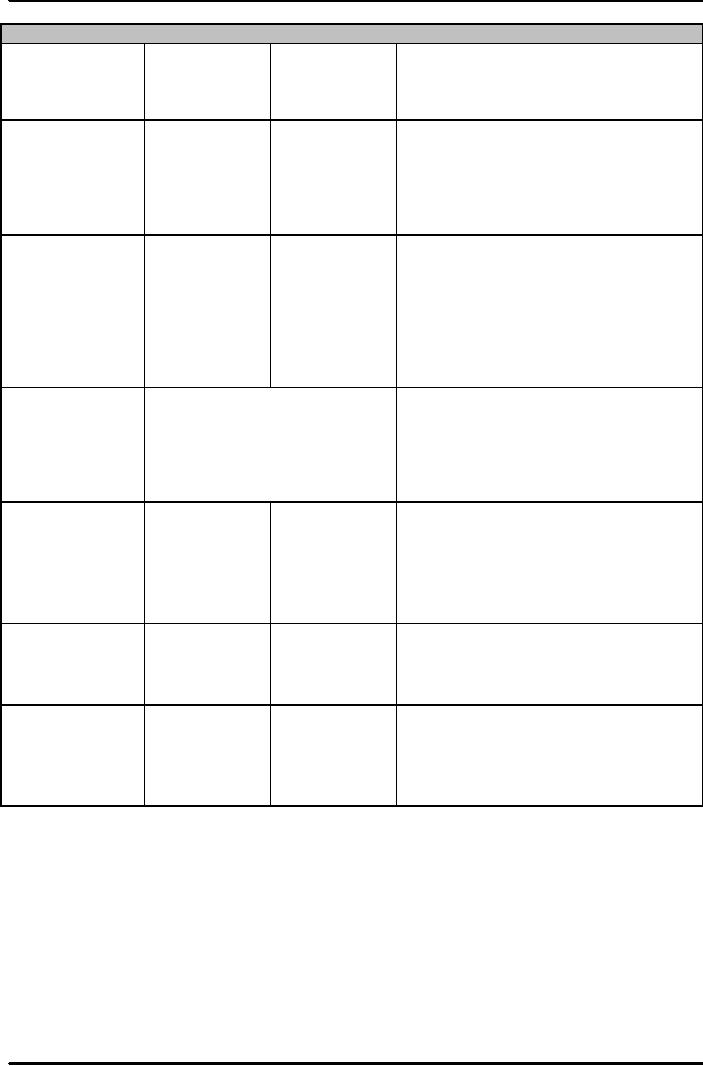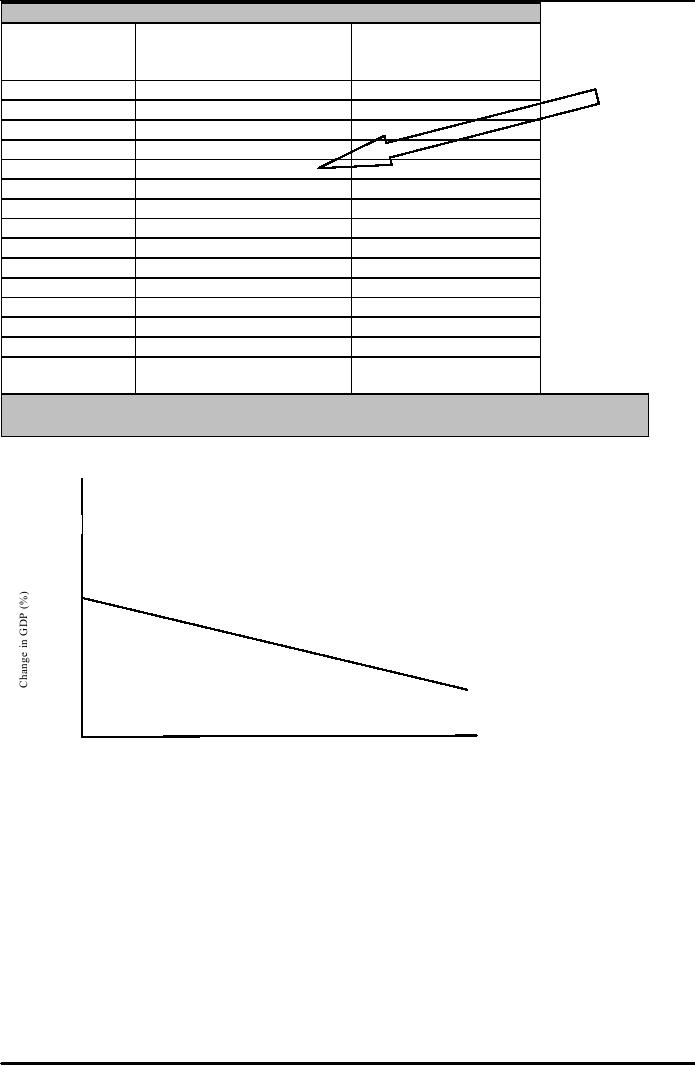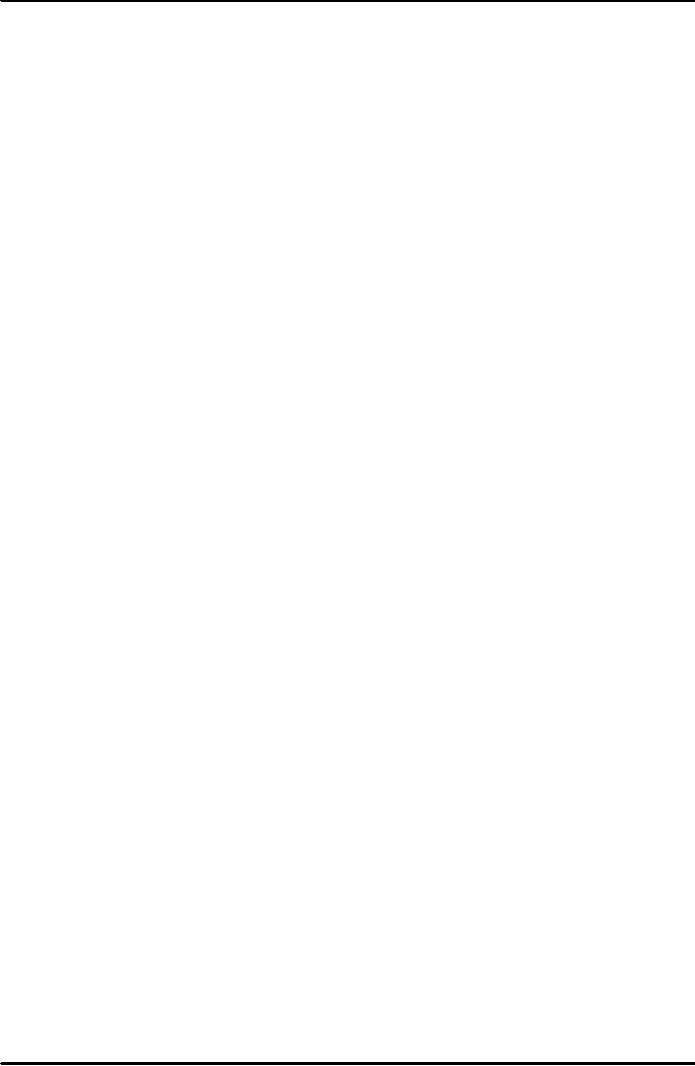 |
SECURITIES FIRMS (Continued):Finance Companies, Banking Crisis |
| << NON- DEPOSITORY INSTITUTIONS:Insurance Companies, Securities Firms |
| THE GOVERNMENT SAFETY NET:Supervision and Examination >> |

Money
& Banking MGT411
VU
Lesson
28
SECURITIES
FIRMS (Continued)
Securities
Firms
Investment
Banks
Mutual
Funds
Finance
Companies
Government
Sponsored Enterprises
Banking
Crisis
Sources
of Runs, Panics and Crisis
Government
Safety Net
Government:
Lender of Last Resort
Securities
Firms
Investment
banks are the conduits
through which firms raise
funds in the capital
markets
Through
their underwriting services,
investment banks issue new
stocks and a variety of
other
debt
instruments
In
underwriting, the investment bank
guarantees the price of a new
issue and then sells it
to
investors
at a higher price;
However,
this is not without risk,
since the selling price may
not in fact be higher than
the price
guaranteed
to the firm issuing the
security
Information
and reputation are central to the
underwriting business;
Underwriters
collect information to determine the
price of the new securities and then
put their
reputations
on the line when they go out
to sell the issues
In
addition to underwriting, investment
banks provide advice to
firms that wish to merge
with or
acquire
other firms, for which
advice they are paid a
fee
Finance
Companies
Finance
companies raise funds in the
financial markets by issuing
commercial paper and
securities
and use the funds to make loans to
individuals and corporations
These
companies are largely
concerned with reducing the
transactions and information
costs
that
are associated with
intermediated finance
Most
finance companies specialize in one of
three loan types:
Consumer
loans,
Business
loans,
Sales
loans (for example, the financing
for a consumer to purchase a
large-ticket item like
an
appliance)
Some
also provide commercial and home
mortgages
Business
finance companies provide loans to
businesses, for equipment
leasing
Business
finance companies also
provide short-term liquidity to firms by
offering
Inventory
loans (so that firms can
keep the shelves stocked)
Accounts
receivable loans (which provide
immediate resources against anticipated
revenue
streams)
Government-Sponsored
Enterprises
The
government is directly involved in the
financial intermediation system
through loan
guarantees
and in the chartering of financial
institutions to provide specific types of
financing
Zarai
Taraqiati Bank Limited
(ZTBL)
Small
and Medium Enterprise (SME)
Bank
House
Building Finance Corporation
(HBFC)
Khushhali
Bank
88

Money
& Banking MGT411
VU
Summary
of the financial industry
structure
Financial
Primary
Primary
uses
Services
provided
intermediary
sources
of
of
funds
funds
(assets)
(liabilities)
Cash
-Pooling
of small savings to provide
large
Checkable
Depository
Loans
loans
deposits
institution
Saving
and time securities
-Diversified,
liquid deposit
accounts
(Banks)
-Access
to payments system
deposits
Screening
and monitoring of borrowers
Borrowing
from
other
banks
Expected
claims Corporate bonds -Pooling
of risk
Insurance
-Screening
and monitoring of policy
Government
Company
holders
bonds
Stocks
Mortgages
-Management
of asset pools
Short
term loans Commercial
-Clearing
and settling trades
paper
Securities
Firm
Bonds
-Immediate
sale of assets
Investment
Bank
-Access
to spectrum of assets,
allowing
diversification
-Evaluation
of firms wishing to
issue
securities
-Research
and advice for investors
Shares
sold to Commercial
-Pooling
of small savings to provide
access
Mutual-Fund
customers
paper
to
large, diversified portfolios,
which can
Company
Bonds
be
liquid
Mortgages
Stocks
Real
estate
Bonds
Mortgages
-Screening
and monitoring of borrowers
Finance
Bank
loans
Consumer
Company
Commercial
loans
paper
Business
loans
Commercial
Mortgages
-Access
to financing for borrowers
who
Government-
Farm
loans
paper
cannot
obtain it elsewhere
Sponsored
Bonds
Enterprises
Student
loans
Loan
guarantees
Banking
Crisis
Banking
crises are not a new
phenomena; the history of commercial banking
over the last two
centuries
is replete with period of
turmoil and failure.
By
their very nature, financial
systems are fragile and
vulnerable to crisis
89

Money
& Banking MGT411
VU
Table:
Worst Banking Crises since
1980
Country
Crises
Dates
Estimated
cost of
Resolution
(as %age of
GDP)
Argentina
1980-82
55%
South
Asian
Indonesia
1997-98
55%
Crises
China
1990s
47%
Jamaica
1994
44%
Chile
1981-83
42%
Thailand
1997
35%
Macedonia
1993-94
32%
Israel
1977-83
30%
Turkey
2000
30%
Uruguay
1981-84
29%
Korea
1998
28%
Cote
d'ivoire
1988-91
25%
Japan
1990s
24%
Uruguay
1981-84
24%
Malaysia
1997-98
20%
Figure:
Relationship between size of a financial
crises and change in GDP
Growth
15
10
Ghana
5
1982-89
�
�
Norway
Mexico
1990-93
0
Bulgaria
1994-2000
1996-97
�
�
Argentina
�
Jamaica
1980-82
�
1996-2000
�
-5
Finland
1991-94
�
Malaysia
-10
1997-2001
�
�Indonesia
Uruguay
1997-2002
1981-84
-15
10
20
30
40
50
60
0
Fiscal
Cost as percentage of GDP (%)
The
Sources and Consequences of Runs,
Panics, and
Crises
In
a market based economy, the
opportunity to succeed is also the
opportunity to fail!
Banks
serve some essential
functions in the economy
Access
to payment system
Screen
and monitor borrowers to reduce
information problems
So
if bank fails, we lose
ability to make financial transactions.
Collectively, the economy is
endangered.
Banks'
fragility arises from the
fact that they provide
liquidity to depositors, allowing them
to
withdraw
their balances on demand, on a
first-come, first-served
basis
If
bank can not meet
this promise of withdrawal, because of
insufficient funds, it will
fail
Reports
that a bank has become
insolvent can spread fear
that it will run out of
cash and close
its
doors;
90

Money
& Banking MGT411
VU
Depositors
will rush to convert their
balances into cash
Such
a run on a bank can cause it
to fail
What
matters during a bank run is
not whether a bank is
solvent but whether it is
liquid
Here
solvency means that the
value of the bank's assets
exceeds its liabilities
(positive net
worth)
Liquidity
refers to the sufficient reserves of the
bank to meet withdrawal
demands
False
rumors that a bank is insolvent
can lead to a run which
renders it illiquid
When
a bank fails, depositors may
lose some or all of their
deposits, and information about
borrowers'
creditworthiness may disappear;
For
this reason, governments take
steps to try to minimize the
risk of failure
A
single bank failure can
also turn into a system-wide
panic; this is called
contagion
While
banking panics and financial
crises can result from false
rumors, they can also occur
for
more
concrete reasons;
Anything
that affects borrowers' ability to
repay their loans or drives
down the market price
of
securities
has the potential to imperil the
bank's finances
Recessions
have a clear negative impact on bank's
balance sheet
Low
profitability of firm makes
debt repayment much harder
People
lose jobs and cant pay
their loan
With
the rise of default risk, bank's
assets lose value and
capital drops
With
less capital, banks are
forced to contract the balance sheet
making fewer loans.
The
overall business investment
falls and bank failure is more
possible
Historically,
downturns in the business cycle
put pressure on banks, substantially
increasing the
risk
of panics
Financial
disruptions can also occur
whenever borrowers' net worth
falls, as it does
during
deflation
91
Table of Contents:
- TEXT AND REFERENCE MATERIAL & FIVE PARTS OF THE FINANCIAL SYSTEM
- FIVE CORE PRINCIPLES OF MONEY AND BANKING:Time has Value
- MONEY & THE PAYMENT SYSTEM:Distinctions among Money, Wealth, and Income
- OTHER FORMS OF PAYMENTS:Electronic Funds Transfer, E-money
- FINANCIAL INTERMEDIARIES:Indirect Finance, Financial and Economic Development
- FINANCIAL INSTRUMENTS & FINANCIAL MARKETS:Primarily Stores of Value
- FINANCIAL INSTITUTIONS:The structure of the financial industry
- TIME VALUE OF MONEY:Future Value, Present Value
- APPLICATION OF PRESENT VALUE CONCEPTS:Compound Annual Rates
- BOND PRICING & RISK:Valuing the Principal Payment, Risk
- MEASURING RISK:Variance, Standard Deviation, Value at Risk, Risk Aversion
- EVALUATING RISK:Deciding if a risk is worth taking, Sources of Risk
- BONDS & BONDS PRICING:Zero-Coupon Bonds, Fixed Payment Loans
- YIELD TO MATURIRY:Current Yield, Holding Period Returns
- SHIFTS IN EQUILIBRIUM IN THE BOND MARKET & RISK
- BONDS & SOURCES OF BOND RISK:Inflation Risk, Bond Ratings
- TAX EFFECT & TERM STRUCTURE OF INTEREST RATE:Expectations Hypothesis
- THE LIQUIDITY PREMIUM THEORY:Essential Characteristics of Common Stock
- VALUING STOCKS:Fundamental Value and the Dividend-Discount Model
- RISK AND VALUE OF STOCKS:The Theory of Efficient Markets
- ROLE OF FINANCIAL INTERMEDIARIES:Pooling Savings
- ROLE OF FINANCIAL INTERMEDIARIES (CONTINUED):Providing Liquidity
- BANKING:The Balance Sheet of Commercial Banks, Assets: Uses of Funds
- BALANCE SHEET OF COMMERCIAL BANKS:Bank Capital and Profitability
- BANK RISK:Liquidity Risk, Credit Risk, Interest-Rate Risk
- INTEREST RATE RISK:Trading Risk, Other Risks, The Globalization of Banking
- NON- DEPOSITORY INSTITUTIONS:Insurance Companies, Securities Firms
- SECURITIES FIRMS (Continued):Finance Companies, Banking Crisis
- THE GOVERNMENT SAFETY NET:Supervision and Examination
- THE GOVERNMENT'S BANK:The Bankers' Bank, Low, Stable Inflation
- LOW, STABLE INFLATION:High, Stable Real Growth
- MEETING THE CHALLENGE: CREATING A SUCCESSFUL CENTRAL BANK
- THE MONETARY BASE:Changing the Size and Composition of the Balance Sheet
- DEPOSIT CREATION IN A SINGLE BANK:Types of Reserves
- MONEY MULTIPLIER:The Quantity of Money (M) Depends on
- TARGET FEDERAL FUNDS RATE AND OPEN MARKET OPERATION
- WHY DO WE CARE ABOUT MONETARY AGGREGATES?The Facts about Velocity
- THE FACTS ABOUT VELOCITY:Money Growth + Velocity Growth = Inflation + Real Growth
- THE PORTFOLIO DEMAND FOR MONEY:Output and Inflation in the Long Run
- MONEY GROWTH, INFLATION, AND AGGREGATE DEMAND
- DERIVING THE MONETARY POLICY REACTION CURVE
- THE AGGREGATE DEMAND CURVE:Shifting the Aggregate Demand Curve
- THE AGGREGATE SUPPLY CURVE:Inflation Shocks
- EQUILIBRIUM AND THE DETERMINATION OF OUTPUT AND INFLATION
- SHIFTS IN POTENTIAL OUTPUT AND REAL BUSINESS CYCLE THEORY